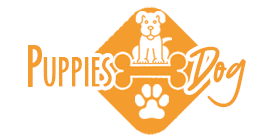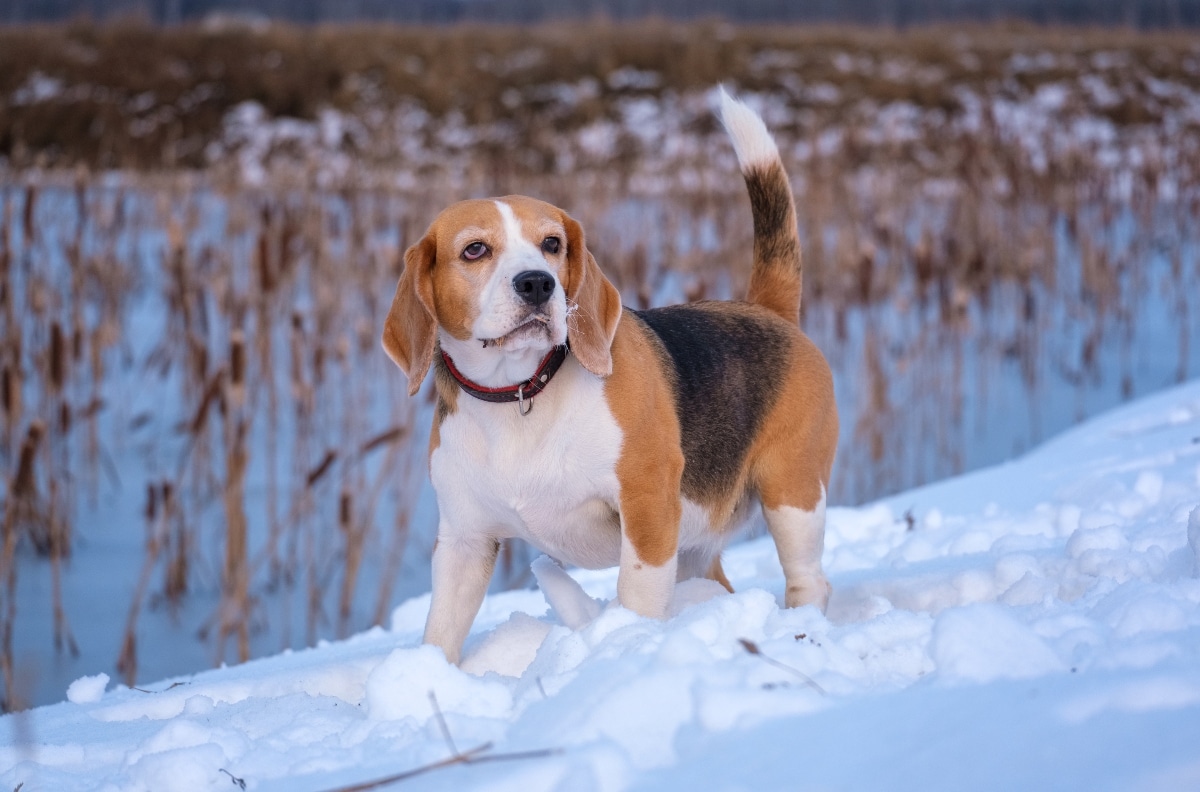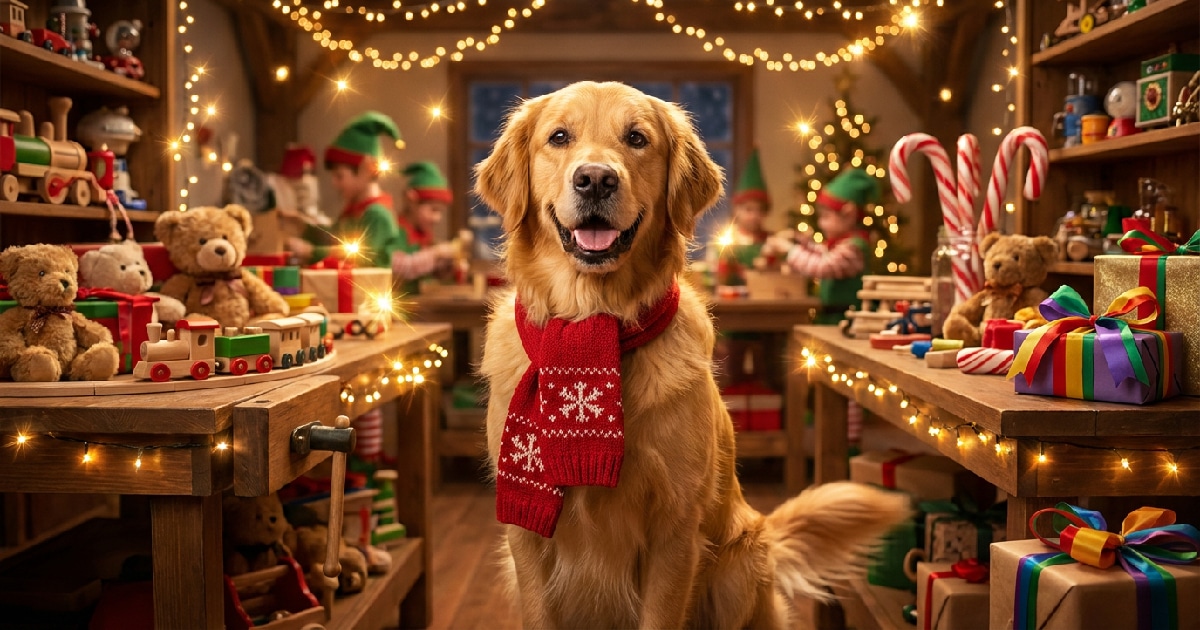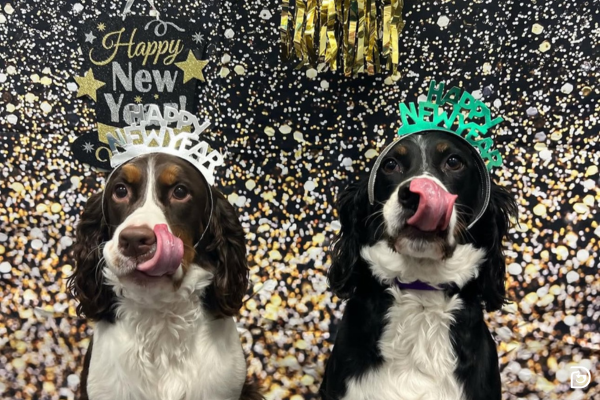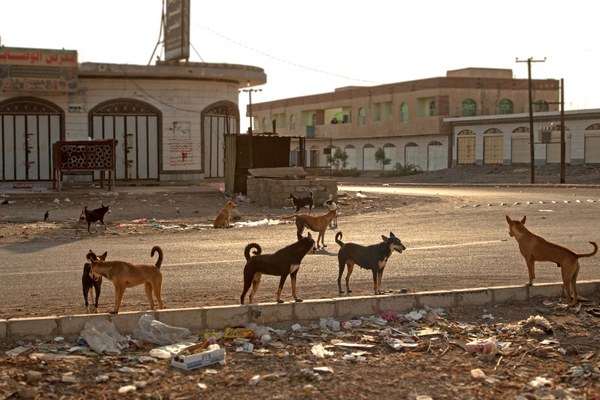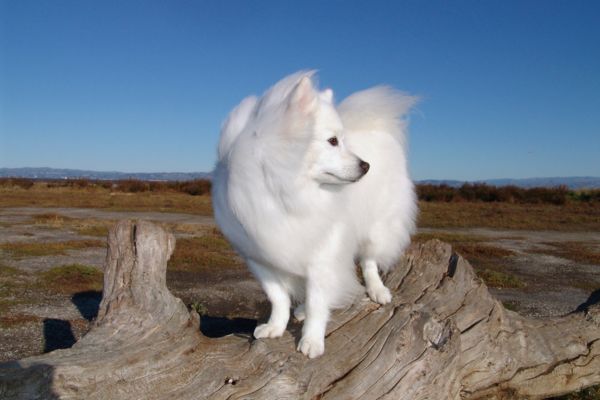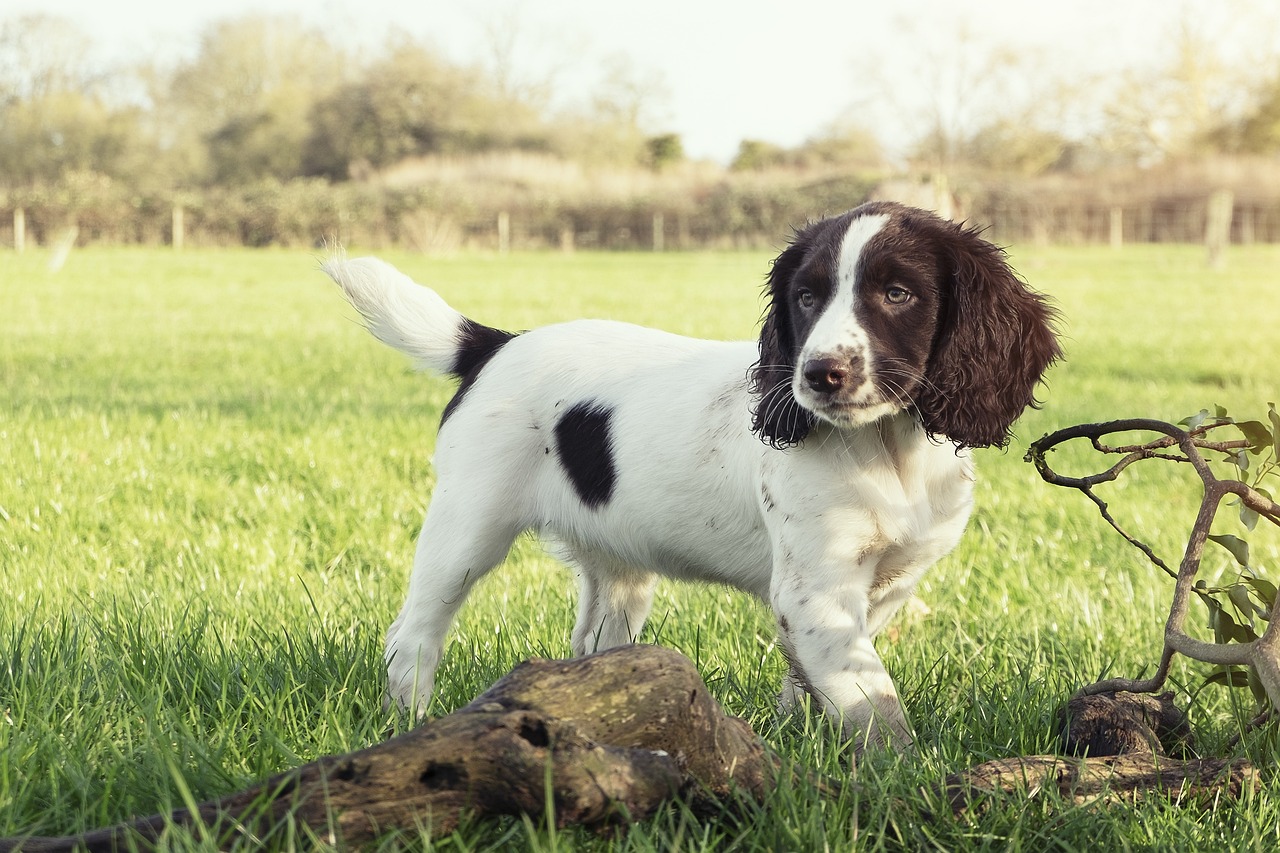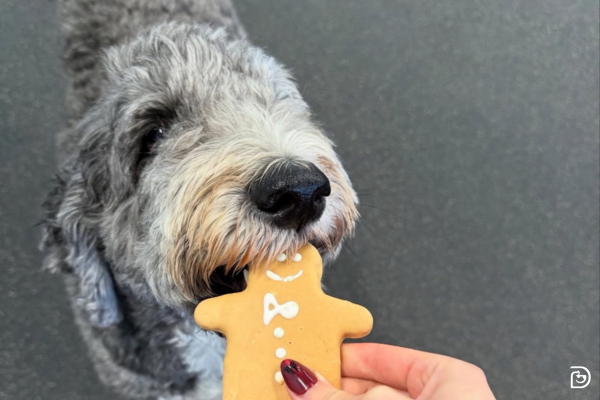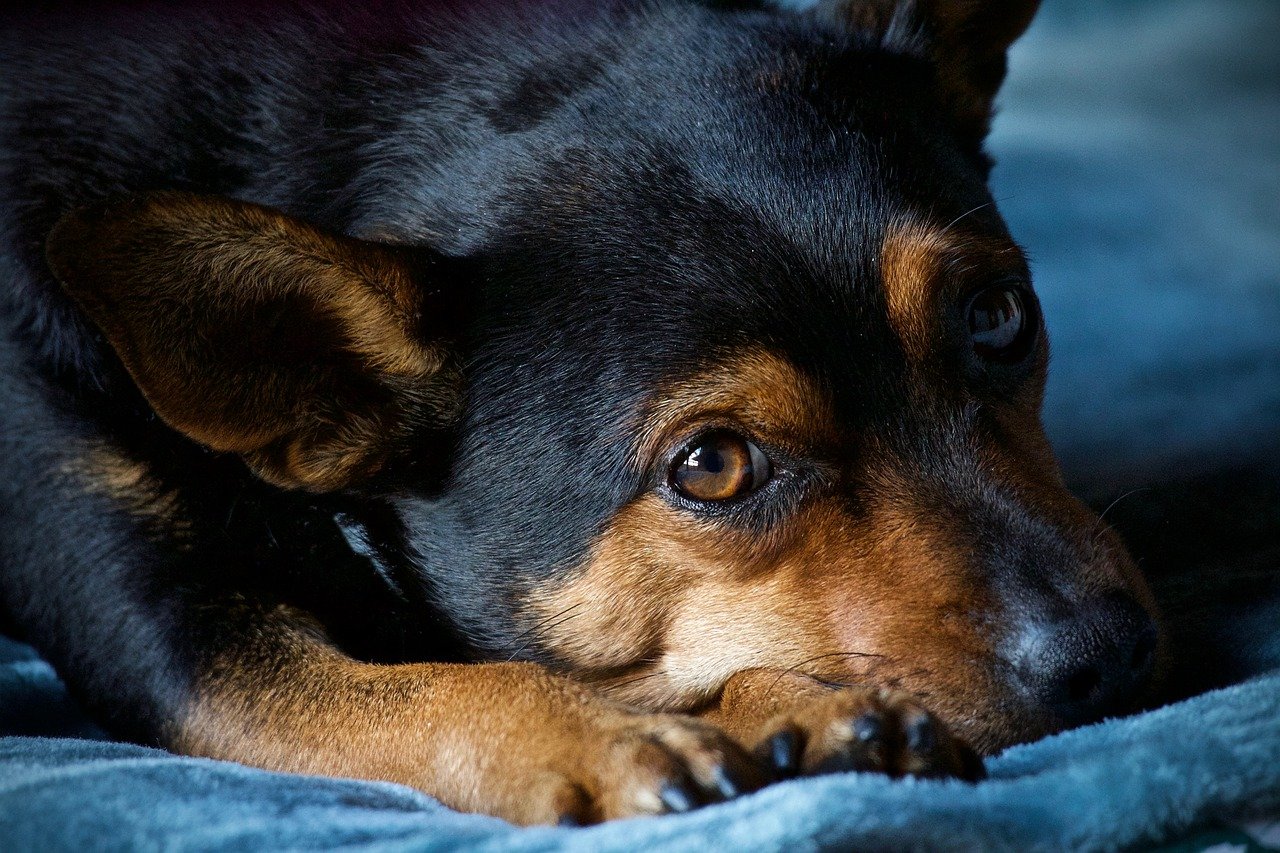 Shutterstock
Shutterstock
Every dog owner knows the “guilty look”—those wide, apologetic eyes and a downturned head when you discover a chewed shoe or a mess on the floor. We often interpret this expression as our dog feeling guilty for their “crime,” but science suggests it’s something else entirely. Research reveals that this look is less about actual guilt and more about dogs reading our emotions and attempting to avoid punishment. It’s a response shaped by sensitivity to our cues, rather than any true remorse for what they did.
The Guilty Look Isn’t Actually About Guilt
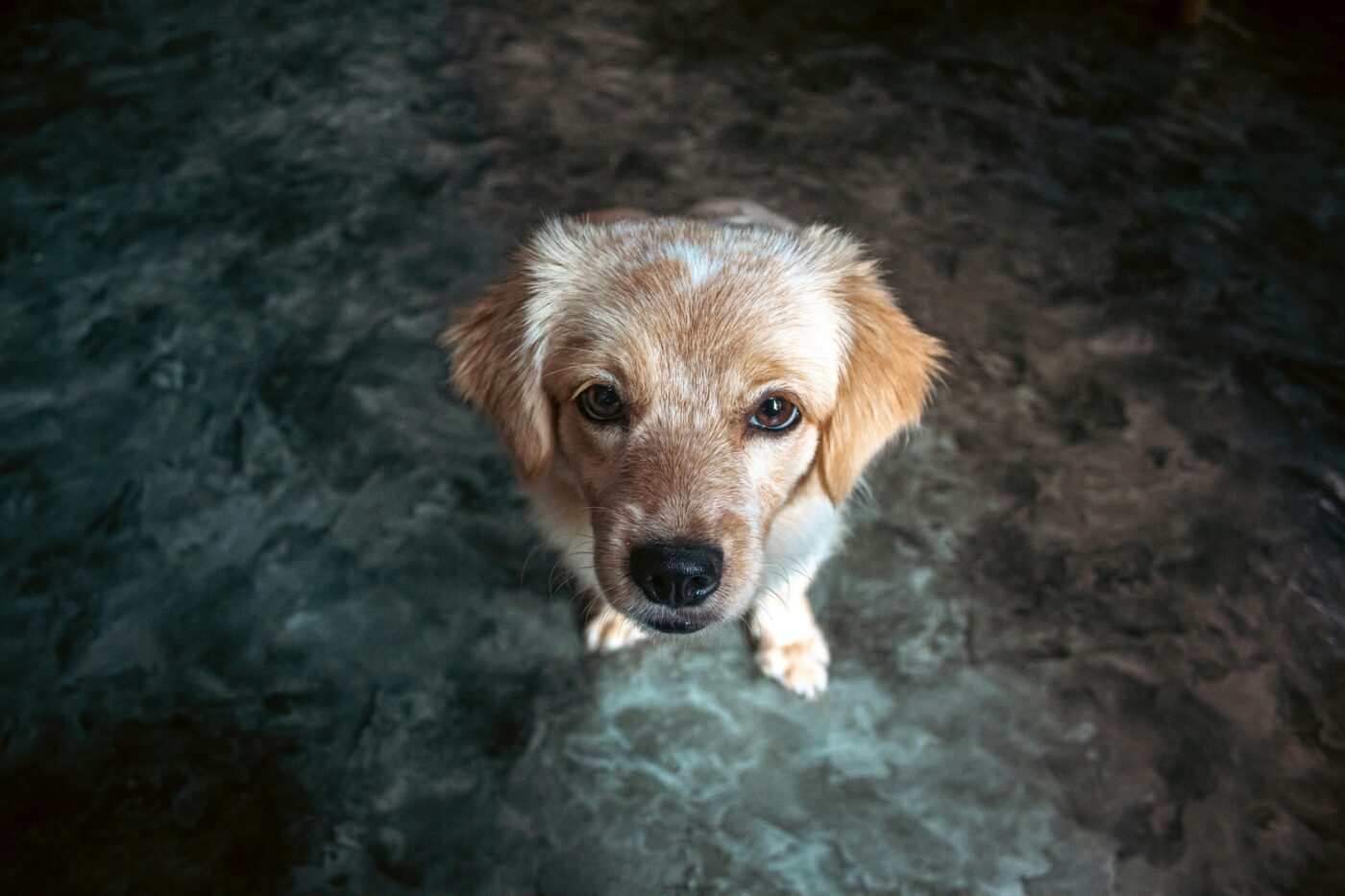 Shutterstock
Shutterstock
Contrary to popular belief, the “guilty look” isn’t necessarily a sign that your dog feels bad for what they did. Research shows that dogs aren’t likely to feel guilt in the same way that humans do. Guilt is a complex emotion that involves understanding and regret for one’s actions, which dogs may not fully grasp. Instead, they are reacting to the cues they see from us. When they detect anger or disappointment, they may display submissive body language, like lowering their head or avoiding eye contact, to appease us. The “guilty look” is often more about reacting to your behavior than feeling true remorse.
Dogs Respond to Your Tone and Body Language
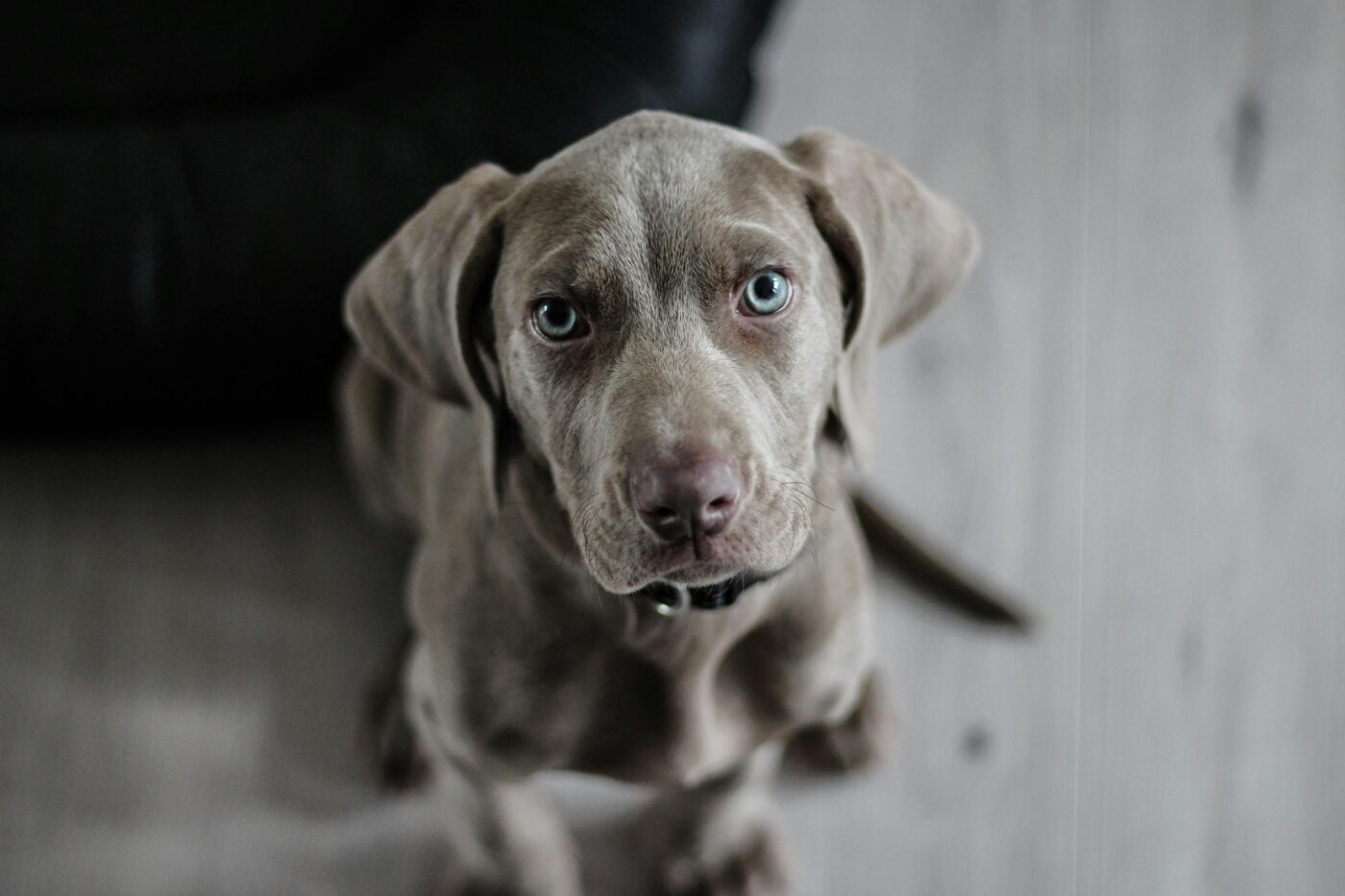 Shutterstock
Shutterstock
Dogs are highly perceptive when it comes to reading human body language and tone of voice. They pick up on subtle cues, like a raised eyebrow, a pointed finger, or a firmer-than-usual voice. When they sense that you’re upset or angry, they may respond with submissive gestures to calm you down. The guilty look we interpret is often just a dog’s way of saying, “Please don’t be mad at me.” It’s a survival mechanism that has likely been reinforced over generations, as dogs evolved alongside humans and learned to anticipate our emotions and reactions.
The Power of Conditioning and Learned Behavior
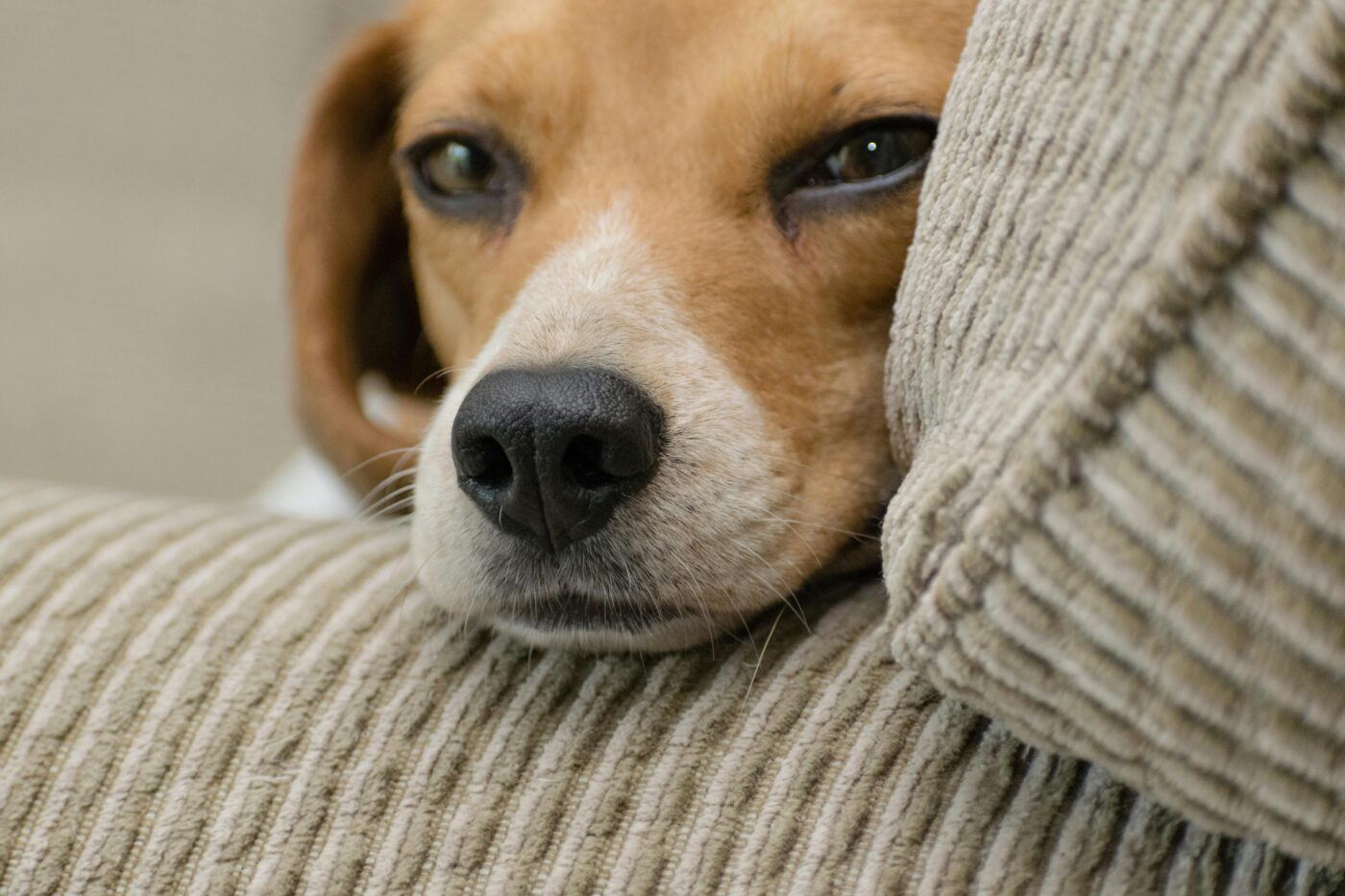 Shutterstock
Shutterstock
Dogs learn to associate certain actions with consequences, which can lead to behaviors that appear to be guilt-driven. If a dog has been scolded in the past for digging through the trash, they may start associating the sight of trash on the floor with an impending scolding, even if they weren’t the one responsible this time. In these cases, a dog might adopt a “guilty look” simply because they’ve learned that a mess on the floor usually leads to your displeasure. It’s a conditioned response rather than a true understanding of wrongdoing.
Avoiding Punishment
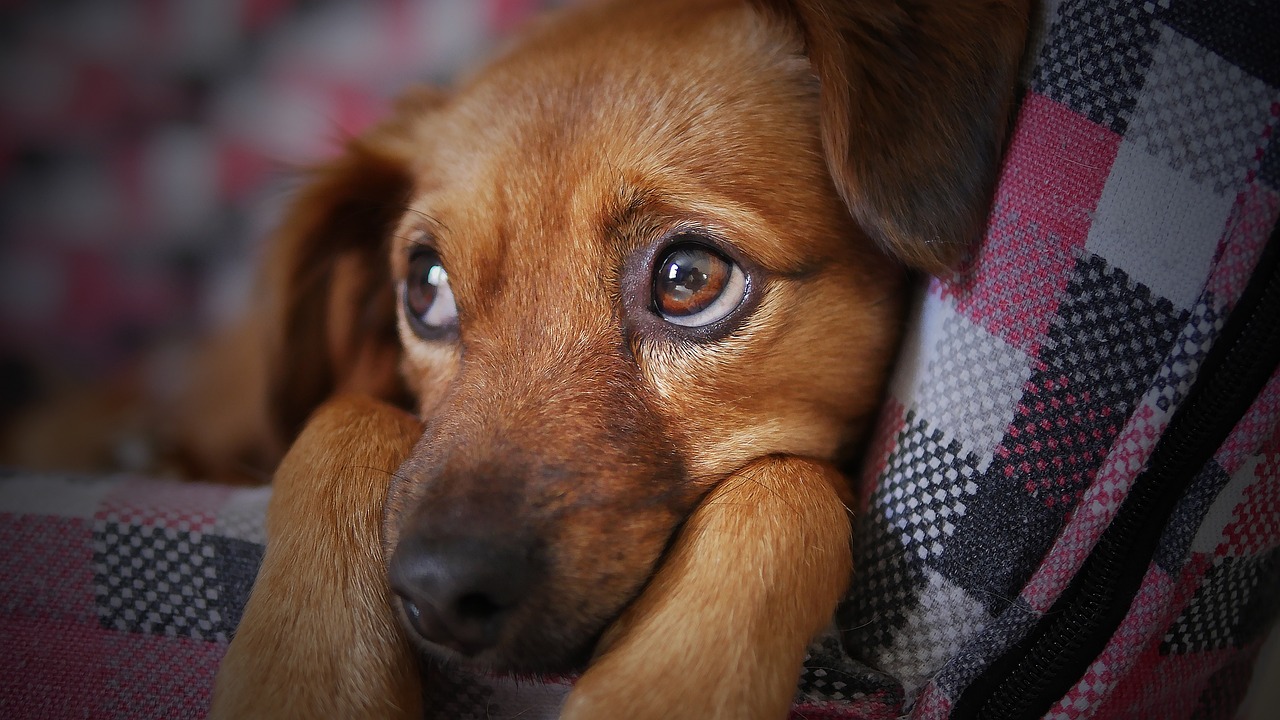 Shutterstock
Shutterstock
The “guilty look” can also be seen as a form of appeasement behavior. In the wild, wolves (and their dog descendants) use submissive gestures to avoid conflict and maintain harmony within the pack. Dogs may employ similar tactics in their relationships with humans. When a dog senses that their owner is angry or upset, it might offer submissive behaviors—like avoiding eye contact, lowering their body, or tucking their tail—as a way to avoid punishment. This isn’t an admission of guilt but rather a way for the dog to communicate, “I don’t want any trouble!”
Dogs Are Experts at Mimicking Human Emotions
 Shutterstock
Shutterstock
Dogs are masters of reading and mirroring human emotions. Studies have shown that dogs are capable of picking up on the emotional states of their owners and even mimicking them. When a dog adopts a guilty look, they may actually be mirroring your sadness or disappointment rather than feeling guilt themselves. This mirroring behavior is a testament to the bond between humans and dogs, as they’ve evolved to be highly attuned to our emotional cues. In a way, the guilty look is more about empathy than it is about an actual understanding of guilt.
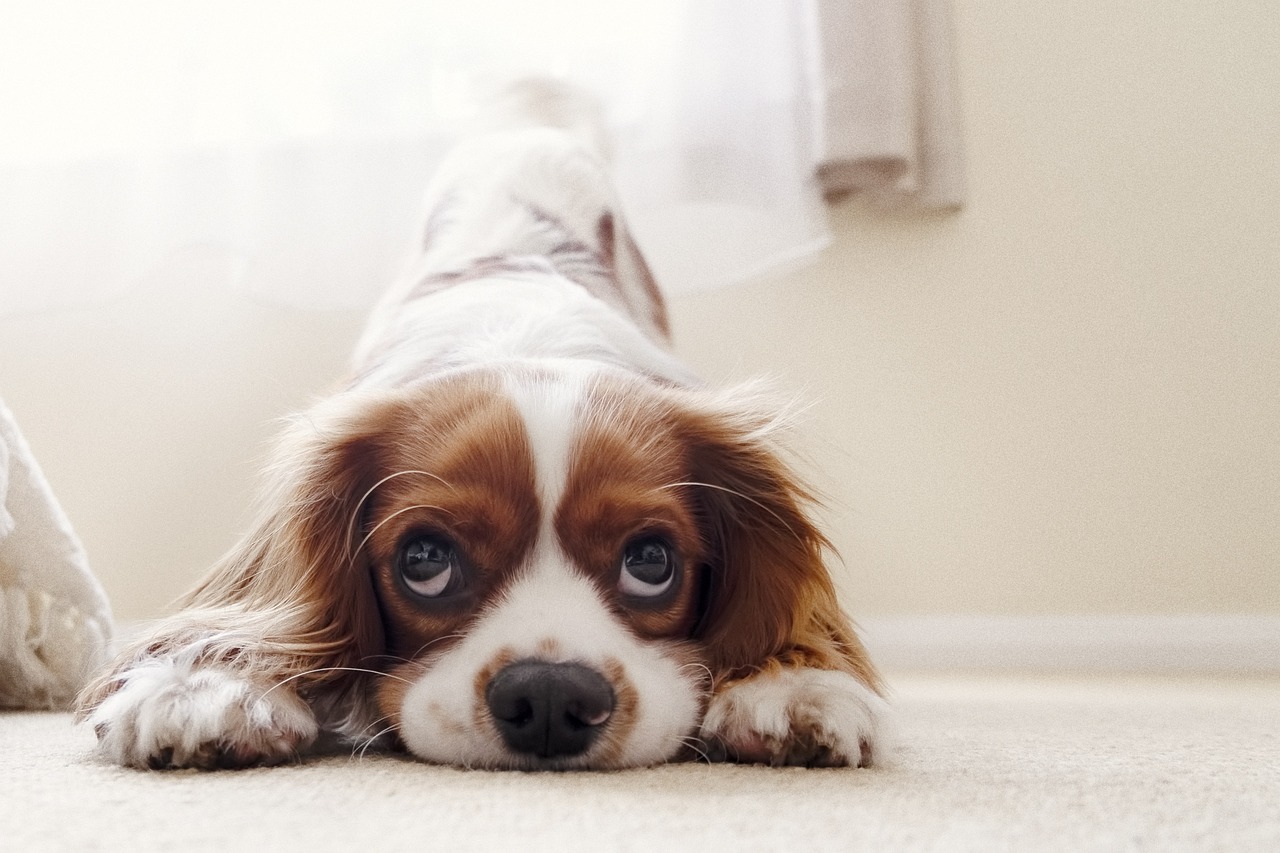 Shutterstock
Shutterstock
When dogs give that “guilty look,” they often avoid direct eye contact, which is a submissive behavior in the animal kingdom. Direct eye contact can be seen as a challenge or threat, so dogs naturally look away when they sense tension. Coupled with other submissive gestures, like flattening their ears or crouching, this avoidance of eye contact becomes part of the “guilty” package. To us, it might look like remorse, but in the dog’s world, it’s just their way of defusing a potentially tense situation and communicating respect.
The Impact of Anthropomorphism on Dog Behavior
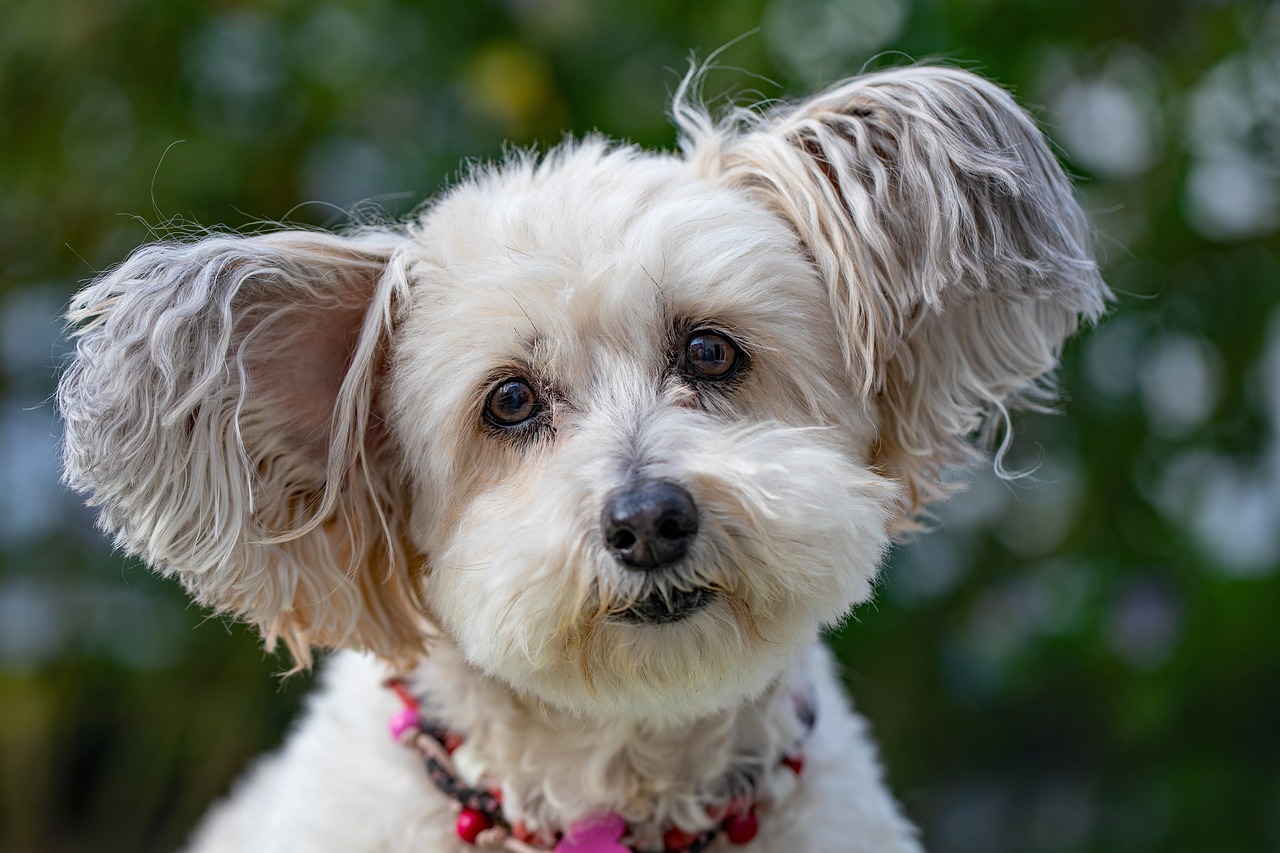 Shutterstock
Shutterstock
As humans, we often project our own emotions onto our pets, a phenomenon known as anthropomorphism. We see our dog’s “guilty look” and assume they feel guilty because that’s how a human might react. While this tendency is natural and can enhance the bond we share with our pets, it can also lead to misunderstandings. By attributing guilt to a dog’s behavior, we may reinforce the idea that they “know better,” when in reality, their reaction is simply a response to our tone and body language. Understanding this distinction can help us communicate more effectively with our dogs.
Why Your Dog Might “Look Guilty” Even When They’re Innocent
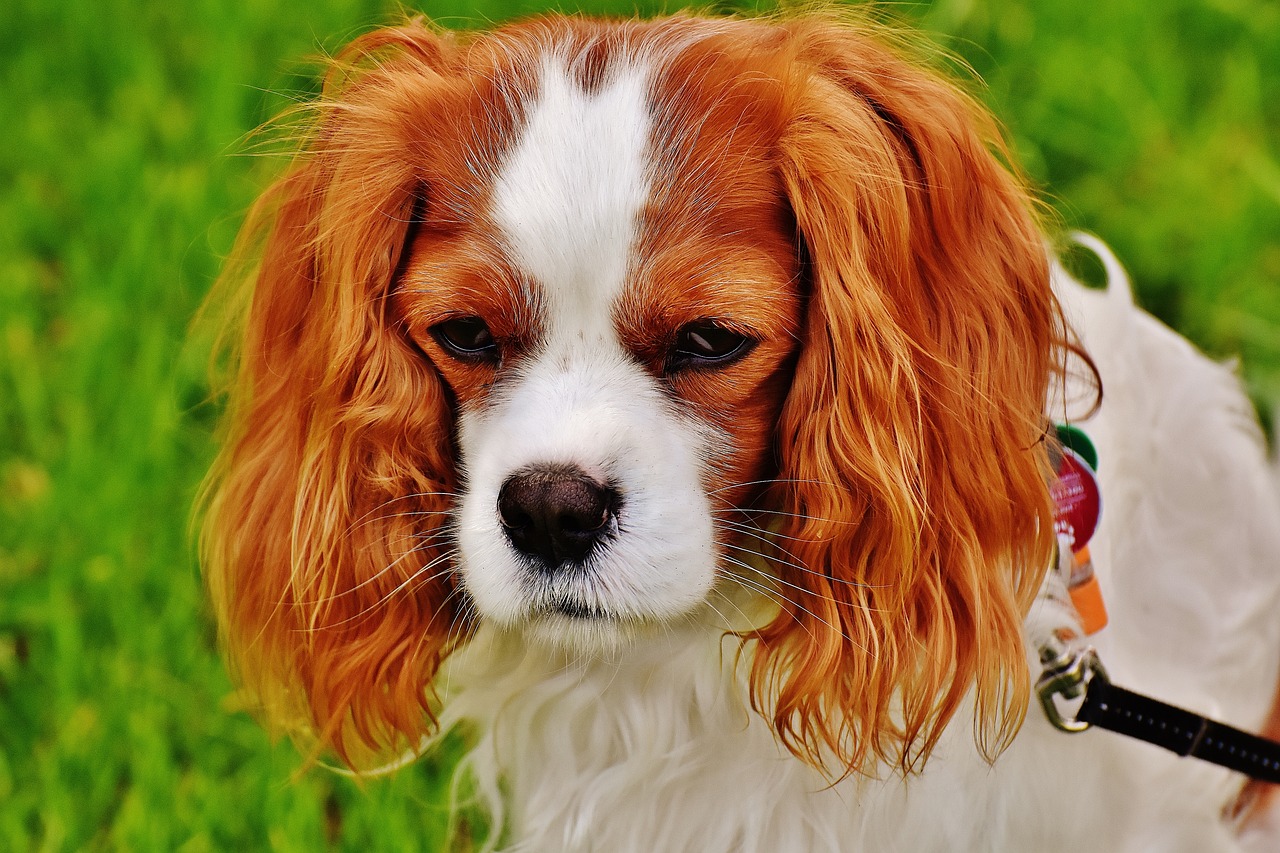 Shutterstock
Shutterstock
Many dog owners have experienced the moment when they scold their dog, only to discover that the dog wasn’t actually responsible for the mess. So why did they look guilty? Dogs aren’t always reacting to their actions but rather to the situation. If they see a mess and sense your frustration, they might give the “guilty look” out of context simply because they’re trying to appease you. This behavior highlights the fact that dogs aren’t always connecting the dots in the way we think they are, emphasizing that guilt isn’t necessarily part of their thought process.
Understanding Your Dog’s Emotional Intelligence
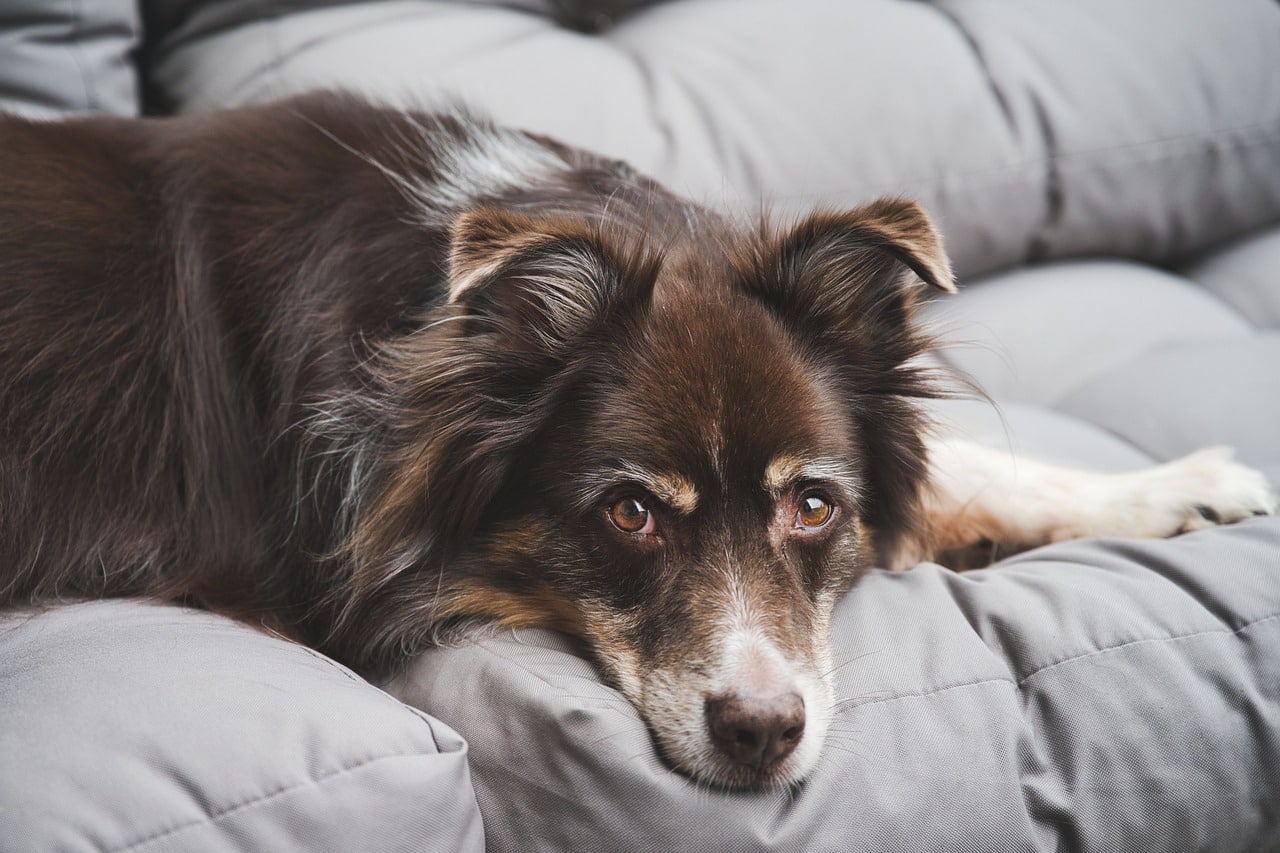 Shutterstock
Shutterstock
Dogs are highly emotionally intelligent creatures, but their understanding of concepts like guilt is different from ours. While they may not feel guilt as humans do, dogs do experience a range of emotions, including joy, fear, excitement, and even empathy. Their emotional intelligence allows them to form deep connections with their owners and respond to our moods in a way that often feels personal. Recognizing that dogs process emotions differently can help us appreciate their unique perspective and allow us to communicate with them in ways that respect their instincts and abilities.
Positive Reinforcement
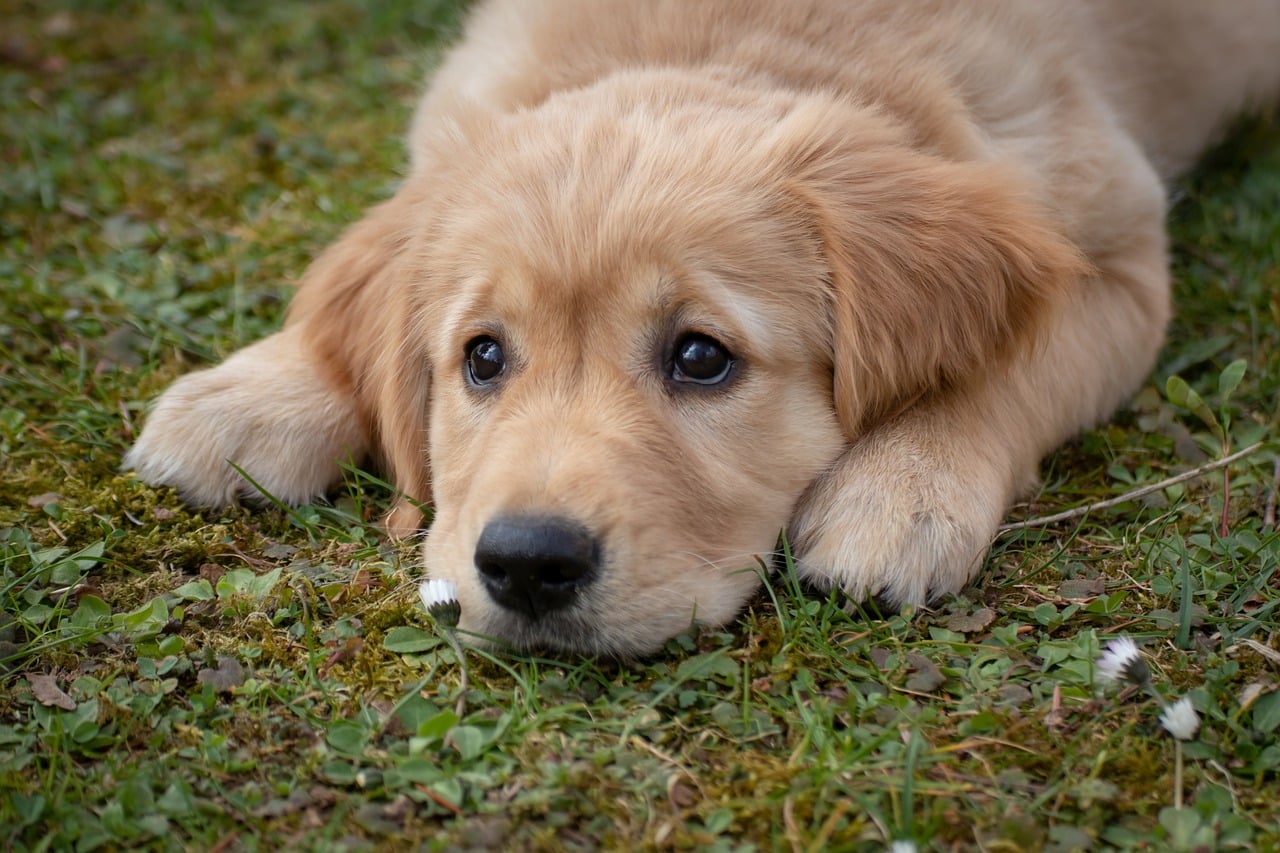 Shutterstock
Shutterstock
If you’re dealing with a dog that frequently exhibits the “guilty look,” it might be time to evaluate how you respond to their behavior. Positive reinforcement is far more effective than punishment in shaping a dog’s actions. Instead of scolding your dog for misbehaving, reward them for positive behaviors. By focusing on what they’re doing right, you can reduce the likelihood of future “guilty” behaviors. Encouraging positive associations helps build trust and creates a more harmonious relationship, allowing your dog to feel secure rather than anxious about their actions.
Recognizing the Difference Between Fear and Guilt
 Shutterstock
Shutterstock
Sometimes, the “guilty look” can actually be a sign of fear rather than guilt. If a dog has experienced harsh punishment in the past, they may display submissive behaviors out of fear rather than any true sense of wrongdoing. Recognizing this difference is crucial for building a trusting relationship with your dog. If you notice that your dog often looks “guilty” or fearful, consider how your actions might be affecting their behavior. Creating a safe, positive environment can help them feel more secure and less inclined to adopt fearful postures.
Building Trust and Reducing the “Guilty Look”
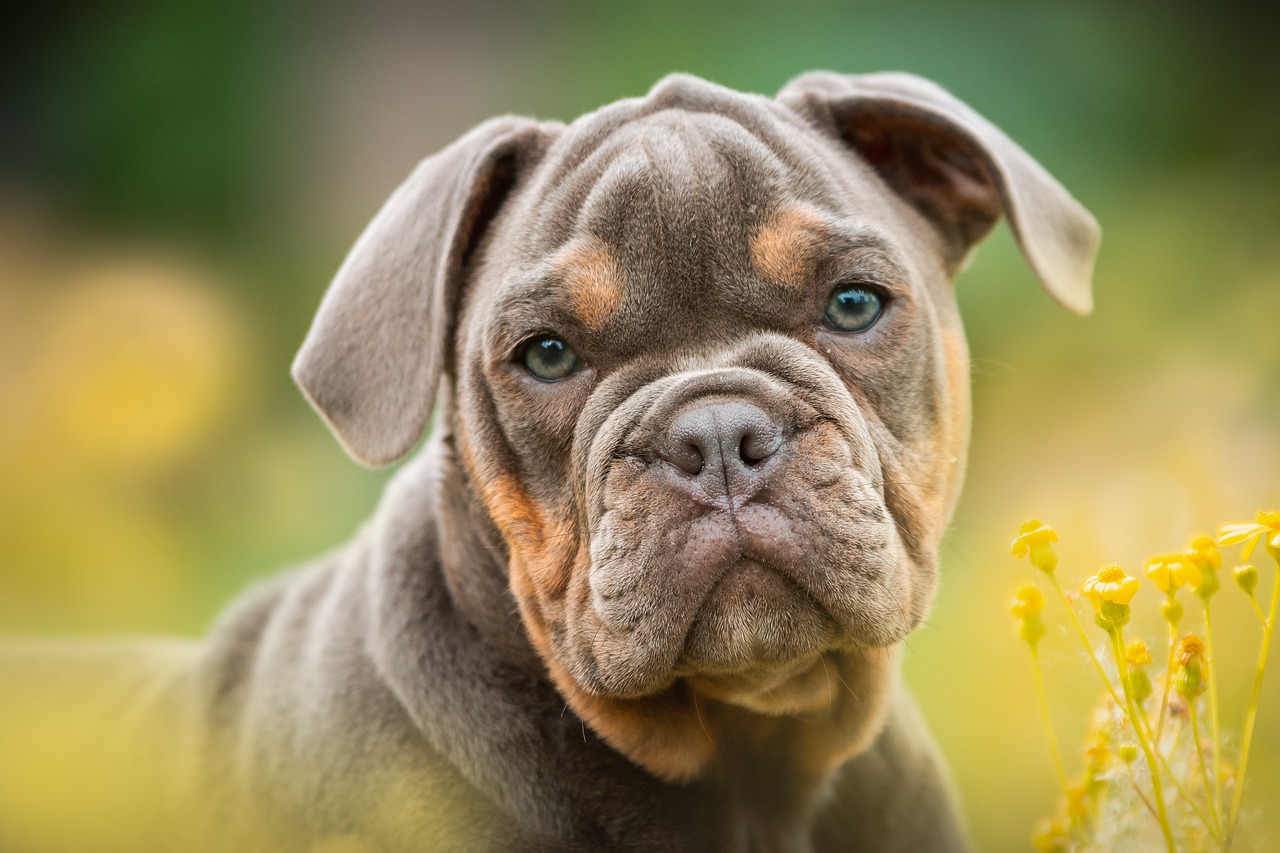 Shutterstock
Shutterstock
Building trust with your dog involves creating a space where they feel safe and understood. By fostering an environment of mutual respect, you can help your dog feel more relaxed and less likely to display “guilty” behaviors. This doesn’t mean ignoring misbehavior but rather addressing it with patience and understanding. By reinforcing positive behaviors and minimizing punishment, you’ll encourage your dog to interact with you confidently without the need for appeasement. When your dog trusts you, they’ll be more likely to engage openly and less inclined to exhibit signs of fear or submission.
The “Guilty Look” – Or Just a “Who, Me?” Face?
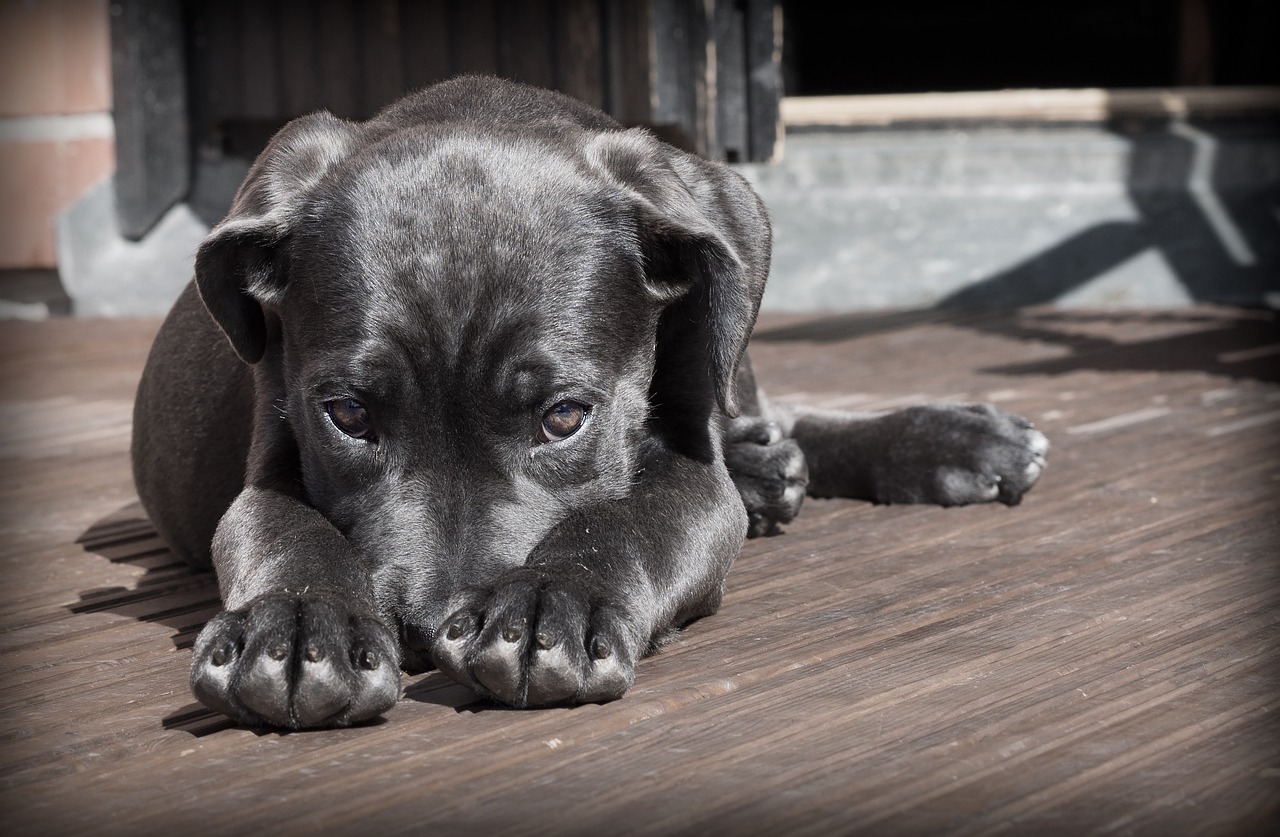 Shutterstock
Shutterstock
Next time you catch your dog giving you those big, remorseful eyes, remember—they may not feel guilty at all. They’re likely just reacting to your emotions, picking up on your tone, or putting on their best “I’m innocent” face to smooth things over. So, instead of assuming guilt, consider offering them a little understanding (and maybe a treat for their dramatic skills). After all, with such charm in those eyes, who could possibly stay mad over a little harmless mischief?
On our website, you will find many helpful articles and videos about dog care, training, real-life stories, and inspiration for every dog lover. Explore more content and discover interesting insights from the world of dogs.
